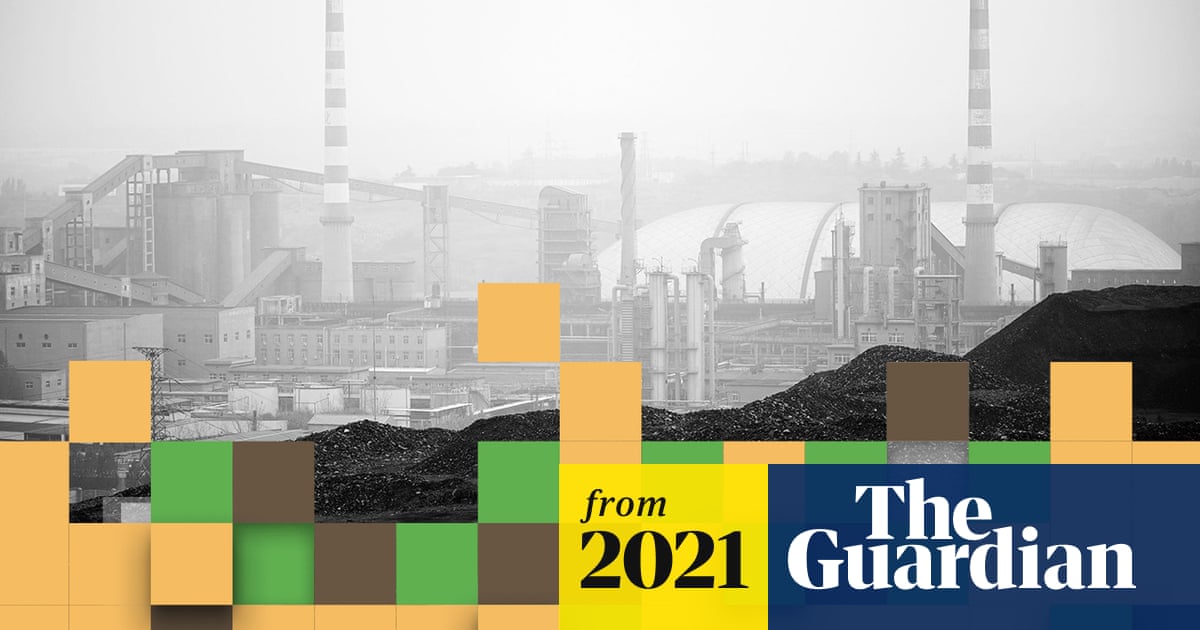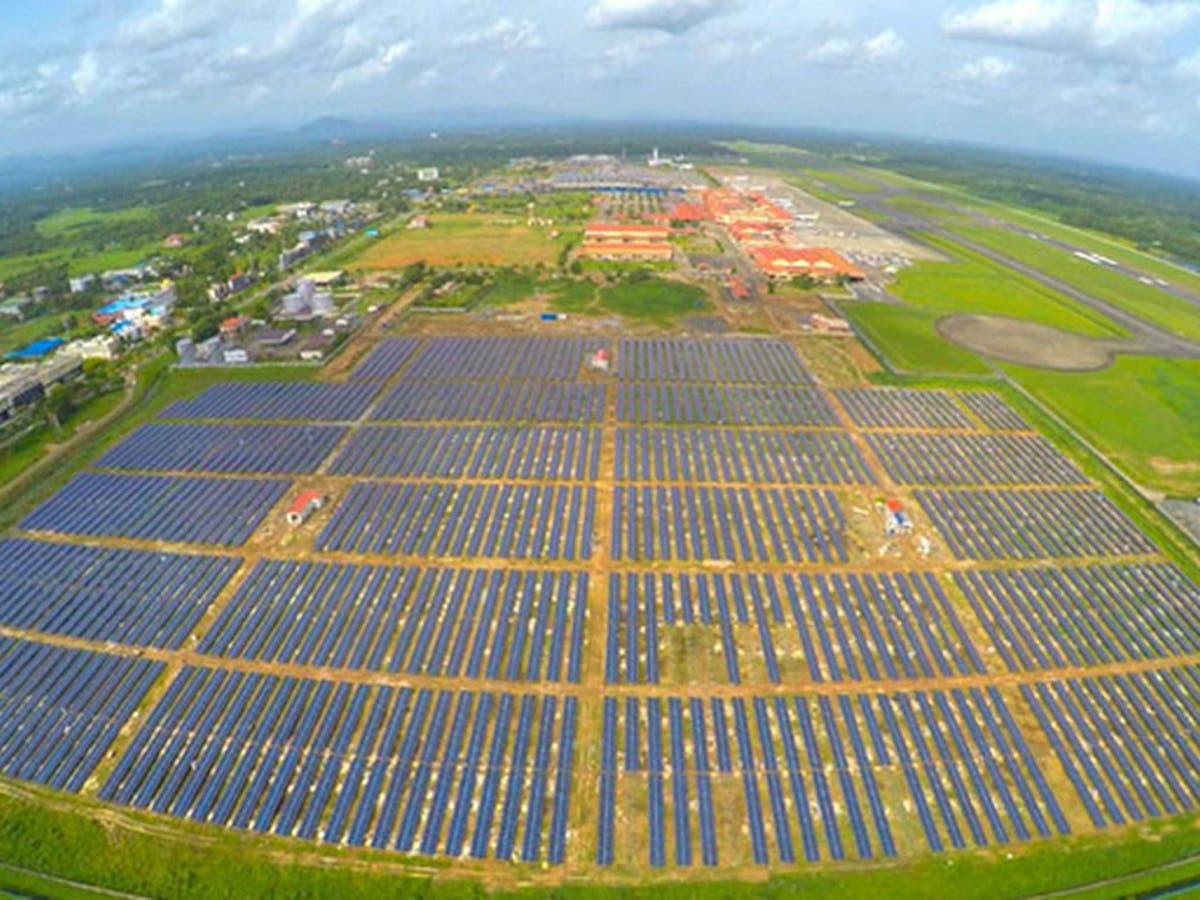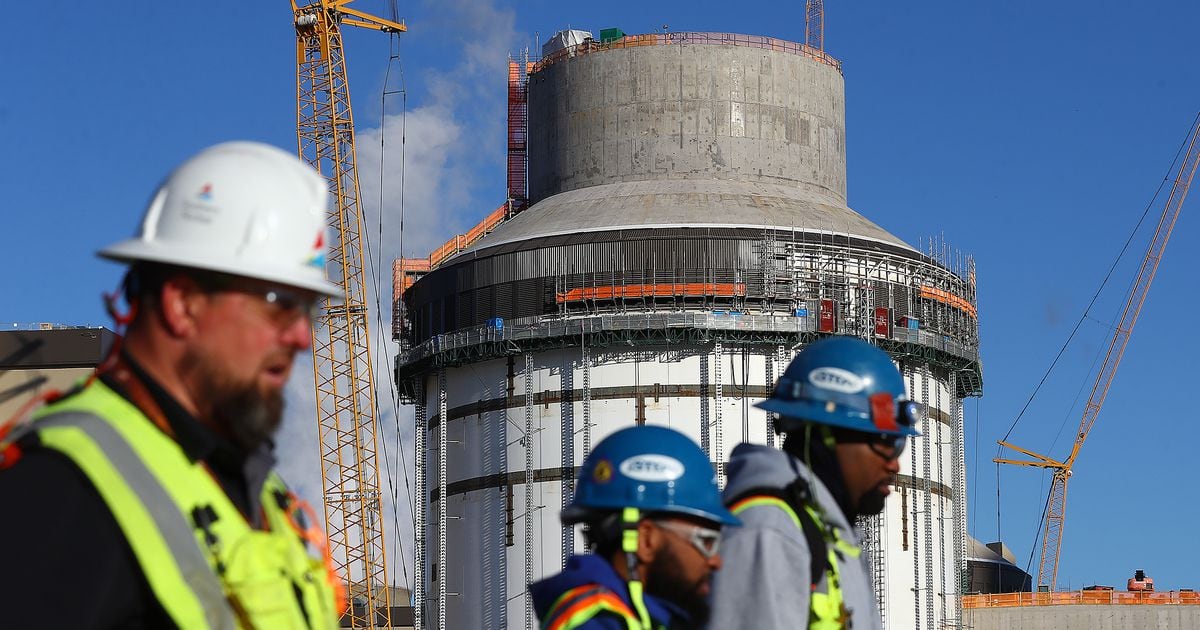India is and will remain 50-60% coal if not more.
China is already at 60% coal. China…the largest population in the world.
I don’t know for sure because I didn’t look it up but I bet if you added the population of India and China up, it would be at least 51% of the world. They will continue to grow astronomically.
It doesn’t matter what the US and the rest of the developing world does if you are of the belief that coal plants are a contributing factor in global climate change.
LOL at people who think manufacturing of cars, batteries and solar panels is “net zero”. EV are zero emissions, and that IS something significant, but making the car and the batteries isn’t carbon neutral, and they still are manufactured with limited resources.
Are the mining trucks not using fuel? Are the manufacturing plants making batteries and cars only running on hydro, wind and solar? Nope.
We used to think oil was limitless too. Lithium, and whatever other elements are used in batteries now and in the future, are and always will be a limited resource.
LOL at “we don’t need golf courses”. That’s a solution to build solar arrays? That’s a rational discussion? Ok let’s get rational.
Why do cars need to go over 75mph? Why do they need a 0-60 below 3 seconds? Imagine how many more EV could be produced if they were exactly all the same size, same color, with the same range and had the most efficient battery cost to efficiency! Why do we need cars? Why not all EV public transportation? Why do we need ice cream? Why does anybody need more than 7 pairs of shoes? Why do we need to own anything?







/cloudfront-us-east-2.images.arcpublishing.com/reuters/YOGSZ2UHKBODNIE2GAWGZHMXTI.jpg)